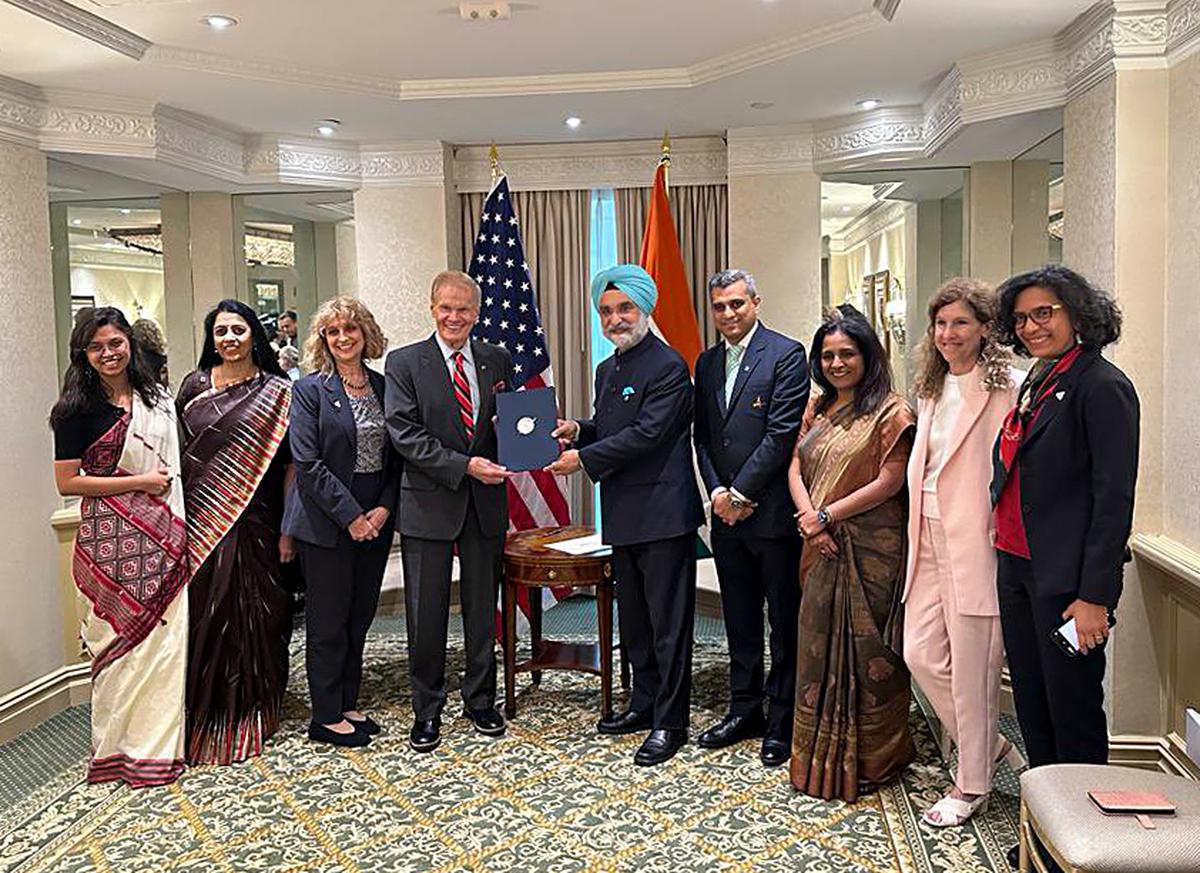Live Classes

News of India’s accession to the Artemis Accords has been met with great interest within the space community. India has great aspirations in outer space and by joining the Accords it has signalled an interest in building a greater relationship with NASA and its partners. This is of note, considering ISRO’s close ties to Roscosmos. It could signal a shifting away from Russia, following the invasion of Ukraine and the reduced scope of Russian activities in space after the fall of the Soviet Union. Named after the Greek Goddess of the Moon and sister to Apollo, the Artemis Accords themselves are a non-binding multilateral agreement, intending to provide its parties with a set of commitments and standards when making use of resources in outer space. Parties to the Accords gain greatly from the exchange of information and gain access to NASA’s Artemis programme – bringing humans back onto the lunar surface for the first time following the Apollo missions – which would greatly help India’s own Gaganyaan mission. Its purpose is rooted deeply within the principle of sharing of scientific findings and knowledge enshrined in Article XI of the Outer Space Treaty (1967). This Treaty acts as the foundation for space law today, with India being one of its 113 parties, along with all other major players in the space sector.
Yet, what is it that India seeks to gain out of Artemis? To answer this question, we must investigate the history of resource exploitation in outer space and the legal texts that guide it. There are 5 treaties that govern activities in outer space, including the aforementioned Outer Space Treaty. Three of the remaining treaties deal with the rescue of astronauts, the registration of space objects and liability for damages caused by a space operation. This leaves us with the final treaty, the Moon Agreement of 1979. The Moon Agreement is directed towards the use of the Moon and other celestial bodies. It declares that these regions of space must only be for peaceful purposes, with no state allowed to establish military bases or place weapons on celestial bodies. This is an extension of the concept of outer space being reserved for peaceful purposes, which was noted in the Outer Space Treaty. As these treaties were all drafted during the Cold War and the Space Race, there was a real danger of nuclear conflict occurring in Earth orbit, leading to the U.S. and USSR attempting to limit the scope of such a future conflict through treaty law. The Moon Agreement also speaks to how resources may be exploited from these celestial bodies. First, it establishes that the moon and other celestial bodies are ‘the province of all mankind’. This makes these areas a ‘global commons’, a legal term used to describe international waters, being areas meant for the greater good of humankind, rather than merely for state appropriation. This is extended to the natural resources of the moon, which are meant to be extracted with the guidance on an international regime that would have the power to ration these resources to the states on the Earth. The Moon Agreement further requires state parties to act on celestial bodies keeping in mind the protection of their environment.
Despite being instrumental in the drafting of the Moon Agreement, the United States refused to ratify it. Several nations followed suit, which has led to this being the least internationally accepted of the space treaties. In 2020, the Trump administration released an executive order pointing out that the U.S. was not a party to the Moon Agreement and did not view outer space as a global commons. This order invited other states to utilise opportunities to make use of resources from outer space. This led to the creation of the Artemis Accords later that year, which intend to act as a soft-law alternative to the Moon Agreement. India may be a signatory to the Moon Agreement, yet it has not ratified it. With the war in Ukraine making Russia’s space activities more isolated than before, India may be signalling an important shift in its overall space policy by casting its lot with the Americans. The years to come will show the value of this action, with missions already being planned between ISRO and NASA, which may soon see the first Indian aboard the ISS and the first Indian astronaut since Rakesh Sharma, all those decades ago.
Download pdf to Read More